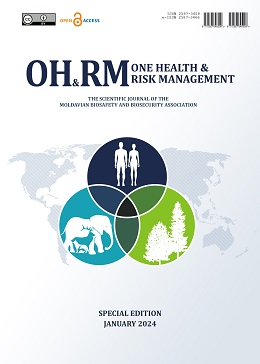Abstract
Introduction. Oxidative stress is a major mechanism in the pathogenesis of many diseases, including severe multifactorial ones. Catalase (CAT), along with superoxide dismutase, is one of the first-line antioxidant defense enzymes. The development of methods/compounds that can increase/induce CAT will provide new possibilities to strengthen antioxidant protection and prevent oxidative damage to cells and tissues.
Material and methods. The ability of three copper coordination compounds from the class of transition metal thiosemicarbazides to enhance/induce CAT in erythrocytes of healthy white laboratory rats has been studied.
Results. Dichloro-(methyl-N-(prop-2n-1-yl)-2-(pyridin-2-ylmethylidene)hydrazine-carbimi do-thioate)copper was found to show the highest induction and/or activation of CAT, exceeding 2.71 times the values of the control group and 1.80 times the values produced by vitamin D3. This reveals increased synthesis of CAT after exposure to this compound, a phenomenon that we have established for the first time.
Conclusions. The compound can be used as a therapeutic agent, which, by activating the production of CAT in the body, can prevent and/or reduce the occurrence of multifactorial diseases, due to prevention of the damage of cells associated with excessive accumulation of hydrogen peroxide. The obtained data open perspectives for the research of biologically active synthetic compounds, which will diversify the arsenal of effective tools for preventing/treating various diseases.
|
 Views: 283|
|
Views: 283|
|
This work is licensed under a Creative Commons Attribution 4.0 International License.

